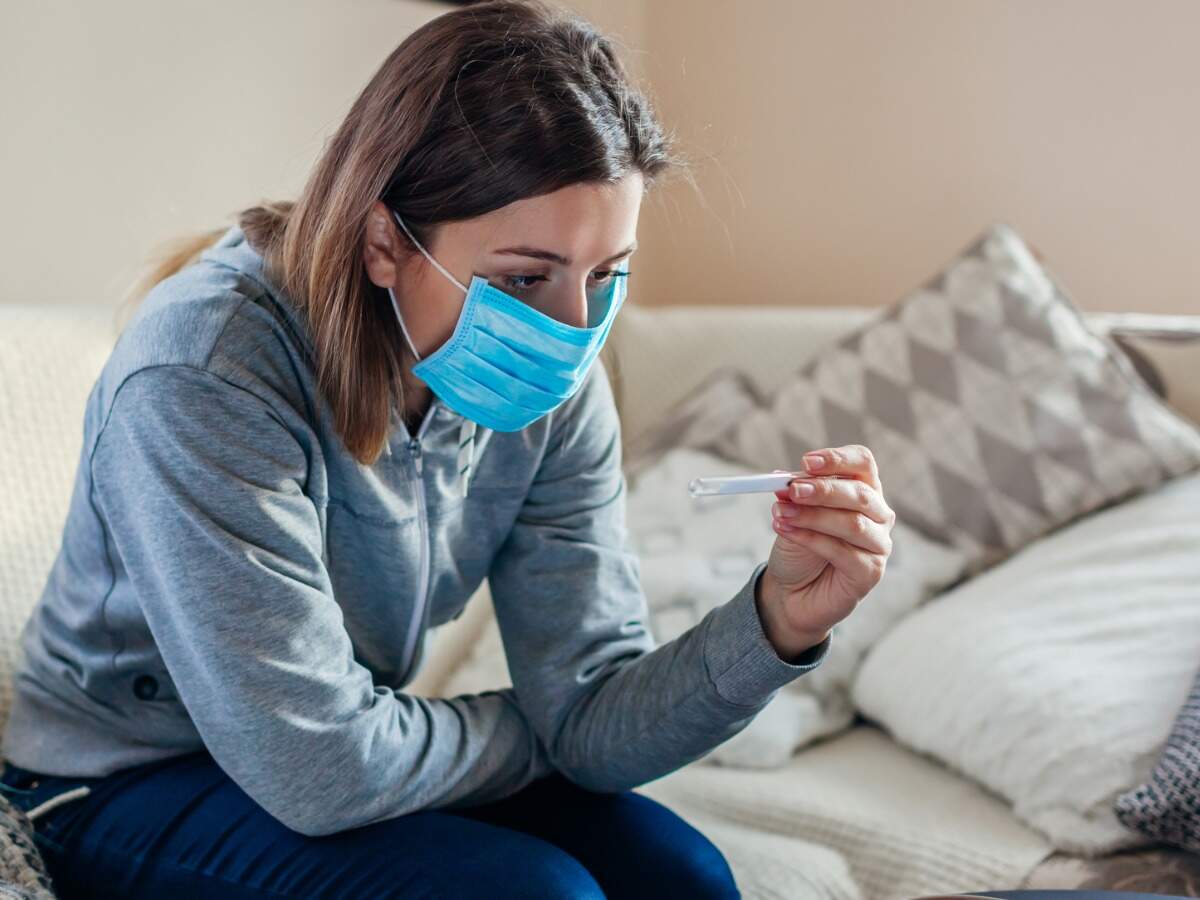After the arrival of the COVID-19 virus and the start of the pandemic, many studies have been conducted regarding the virus and how it has affected humankind in the past two years. In particular, many have been focused on the various symptoms that would appear after being infected.
Having a fever is one of the many symptoms of being infected by the COVID-19 virus. Although many guidelines would place “Fever and Chills” at the top of the symptom list, each person may present differently. Some may have no symptoms, which are called ‘asymptomatic’, while others may only present with mild symptoms and others will experience severe symptoms. These are highly dependent on various factors such as immunity, comorbid diseases, age, etc.. To better equip yourself with all the information about your own health, it is recommended to perform a routine health screening at least once a year.
Table of Contents
Common Symptoms of COVID-19
Some common symptoms of COVID-19 are as follows. Take note that this list is not exhaustive, neither is it an absolute list of symptoms.
- Fever – varying degrees from a low-grade fever to a high-grade fever.
- Cough
- Difficulty breathing
- Fatigue
- Headache
- New loss of taste / smell
- Sore Throat
- Runny nose
- Nausea / Vomiting
- Diarrhoea
As mentioned above, each individual may present differently and one may experience none of the aforementioned symptoms.
Can I Still Have Covid-19 Without A Fever?
Yes, it is possible to be infected with the COVID-19 virus without an obvious fever, or a very low-grade fever that is not easily detectable. However, an infected individual without symptoms can still pass on the virus to others (they are still infectious). In these cases, the only sure way to confirm the presence of an infection is via a test.
Having a thermometer at home is a good way to self-monitor and to ensure the condition of other family members or housemates. The average body’s temperature is 37˚C, but this can range between 36.2˚C to 37.2˚C, depending on various factors such as the weather and recent body activity.
Warning Signs
It is important to understand the variability of the COVID-19 infection. Although an individual may be asymptomatic for the most part of their duration of infection, some warning signs may spring up without prior notice and these will require immediate medical attention and management.
Some of these concerning signs are:
- Difficulty breathing
- Persistent chest pain or discomfort
- New onset of confusion
- Inability to remain awake, or to wake up
- Blue tinge over the lips, face or tips of fingers.
Again, this list is not exhaustive. When faced with any uncertainty of any symptoms that are alarming, it is always a better option to contact the nearest hospital or clinic for further advice.
To Isolate or to Not Isolate, That Is the Question.
The COVID-19 infection has numerous symptoms that are similar to those of normal allergies, the common cold, flu and even diseases like strep throat. It is pretty much quite difficult to distinguish between them without conducting a test.
The best way to curb the spread of the infection is to prevent transmission. To do so, anyone who is suspected to have come into close contact with a confirmed infected person, or anyone who presents with symptoms suggestive of a COVID-19 infection should isolate themselves according to local guidelines.
As a general rule of thumb, these are methods to comply with:
- Keeping Hands Clean. Hand sanitisers containing at least 70% alcohol content is recommended as a convenient means of keeping both hands clean. However, the best method to ensure proper safety would be to cleanse the hands with soap and water whenever possible. Hand sanitisers should not be used when there are obvious signs of dirt on the hands.
- Mask Up, Stay Apart. Avoiding large crowds and gatherings of people will reduce the chances of getting into contact with any asymptomatic positive individuals. Maintaining a distance of at least 1 metre apart from others is recommended. Having a fitting and suitable face mask is also key to protection against being infected, especially being out in public. The face mask should be made from materials that are recommended in guidelines, and should be fitted to cover the nose, mouth and chin in a way that still allows comfortable breathing and speaking.
- Disinfect and Intercept. Since the COVID-19 virus spreads via droplets, one of the ways to stop the spread would be to clean surfaces that frequently come in contact with our hands. Surface areas like door knobs, handles, sinks, switches and devices like cell phones or tablets should be appropriately disinfected to intercept the chain of transmission.
In Conclusion
While fever may be a common occurrence among those infected with the COVID-19 virus, it may not be present in many other individuals. This is why careful preventive measures are of high importance to stop the spread of the virus. Whenever in doubt, always seek professional advice from physicians.
